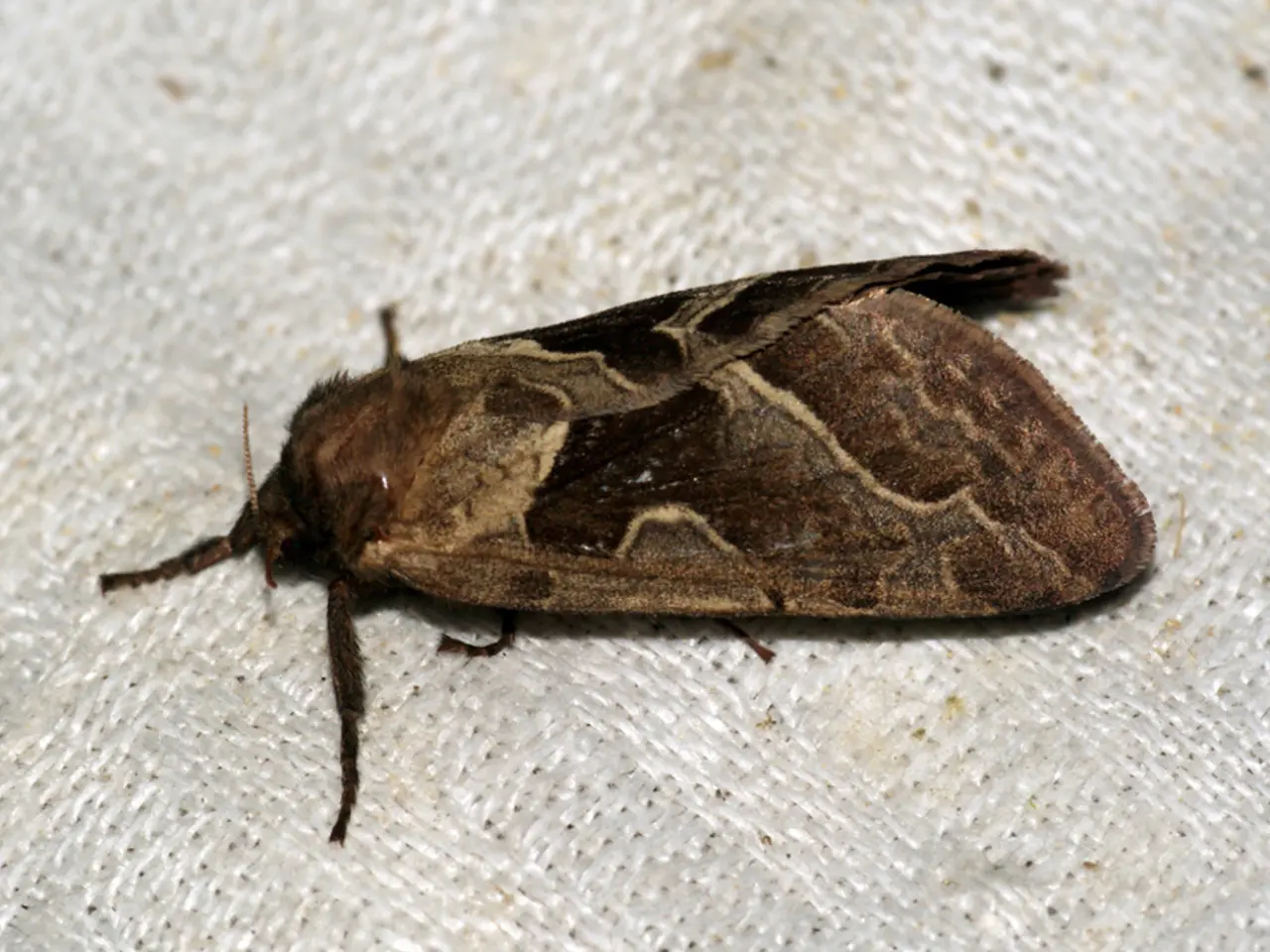Stork Bite Examination: Photos, Reasons, Consequences, and Additional Information
Common Birthmarks in Newborns: Stork Bites and Hemangiomas
Newborns often arrive with a variety of unique features, and some may come with birthmarks. Two common types of vascular birthmarks are stork bites and hemangiomas.
Stork Bites (Nevus Simplex)
Stork bites, medically known as nevus simplex, are flat, pink to red patches that appear on the forehead, eyelids, upper lip, or the back of the neck of newborns. They are more common in these areas and can affect both male and female newborns with similar frequency.
Although the exact prevalence isn't detailed, they are recognized as a common neonatal skin condition. These birthmarks usually fade over time, especially those located on the face, and often resolve completely by early childhood. Those on the nape of the neck are more persistent and may remain visible into adulthood in approximately 50% of cases. It's important to note that stork bites are harmless and do not usually cause any medical problems or require treatment.
Hemangiomas
Hemangiomas, on the other hand, are raised and can be felt on the skin. They develop due to extra blood vessels forming in a clump and can occur anywhere on the body. Unlike stork bites, hemangiomas are not limited to specific areas.
While stork bites are harmless, hemangiomas can occasionally cause complications. In rare cases, a hemangioma can become a sore, which may develop an infection, be painful, and bleed. If a stork bite transforms into a larger, changed-coloured, or swollen and raised area, it's advisable to consult a doctor or medical professional.
Prevalence and Outlook
Vascular-related birthmarks occur in around 30% of newborns, and both stork bites and hemangiomas fall under this category. Research suggests that around 50% of hemangiomas disappear by age 5, with 90% disappearing by age 9 without treatment.
It's worth noting that no sex-specific differences in prevalence or outcomes are indicated by the available information.
In conclusion, stork bites and hemangiomas are common vascular birthmarks that newborns may have. While stork bites are typically harmless and fade over time, hemangiomas can occasionally cause complications and require medical attention if they change or become problematic. It's essential to monitor newborns for any changes in their birthmarks and consult a healthcare professional if necessary.
- Newborns may also have another common skin condition called 'moles', which are typically brown or black, and are formed when skin cells grow in clusters, different from the flat pink to red birthmarks known as stork bites.
- In the realm of health and wellness, it's crucial for parents to understand that not all birthmarks are harmless, such as medical-conditions like hemangiomas that can, in rare cases, lead to discomfort or health problems like infections or bleeding.
- A diligent skin-care routine, including regular checks for any changes in birthmarks, can help ensure the health of newborns who may have vascular birthmarks like stork bites or hemangiomas, particularly as Science continues to expand our understanding of these conditions and their impacts.




